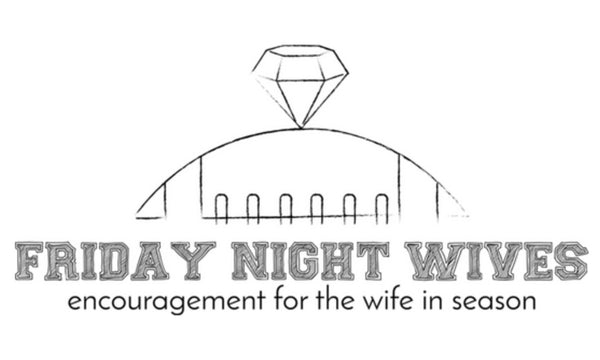Every coach’s wife knows the hum of the calendar. It’s not just dates—it’s phases, seasons, and subtle shifts in energy. There’s the build-up of preseason workouts, the chaos of competitions, the long pull of game nights and tournament weekends. And right in the middle of it all—there’s Dead Week.
On paper, it’s a mandated pause. No practices. No conditioning. No team meetings. Just…nothing.
But if you’ve lived this life long enough, you know Dead Week is anything but empty.
The Stillness That Doesn’t Stay Still
At first, the quiet is disorienting. You find yourself glancing at the clock, waiting to hear sneakers squeak, gear hit the floor, or the garage door open late from practice. The house feels…off- like it’s holding its breath.
But then, the shift happens.
Dinner is at the table instead of the bleachers.
Bedtime stories are read with both parents on either side.
Coffee is poured slowly. Conversations go a little deeper. Laughter comes a little easier.
This is when we remember that the stillness isn’t dead—it’s sacred.
For the Athletes
For the kids who’ve given their bodies and minds to the grind, Dead Week is recovery.
A chance to just be teenagers again—sleep in, go to the lake, hang out with friends without the pressure of the next game, the next rep, the next drill.
Their muscles rest, but more importantly—their hearts breathe.
They aren’t just athletes this week. They’re sons, daughters, siblings, and friends again.
For the Coaches
It’s hard for them to turn it off. Even during Dead Week, their minds still strategize during errands or plan next season between lawn care and home projects.
But something softens.
They look around the dinner table and remember who they’re fighting for when the season starts again.
They sit on the porch, join in backyard games, and let the team fade into the background just enough for real life to take the lead.
For the Families
For us—the wives, the children, the ones who wait, cheer, sacrifice, and hold down the fort—Dead Week is a window.
We don’t get forever. We get moments.
And in Dead Week, the moments multiply.
It’s in the fireflies caught at dusk.
The spontaneous ice cream run.
The long conversations on walks that don’t need to be rushed.
It’s our reminder that what we build off the court, field, mat, or diamond is what truly sustains what happens on it.
The Sacred Pattern: Rest That Gives Life
There’s something holy about this rhythm.
Jesus modeled it long before any calendar did.
He withdrew. He stepped away.
He chose quiet hillsides over noisy crowds.
He let the stillness settle so that strength could rise.
“Come with me by yourselves to a quiet place and get some rest.” – Mark 6:31
Dead Week is more than a break. It’s an echo of the sacred pause our Savior modeled.
It’s a time to sit still long enough to hear God whisper again.
Because it’s in the stillness that He often speaks the loudest.
In the quiet, we find clarity.
In the pause, we find purpose.
And in the rest, we find restoration.
Dead Week Isn’t Dead
It’s life.
It’s breath.
It’s sacred space carved out in a world that never stops moving.
And maybe, just maybe, we need that week not because the calendar says so—but because our souls do.
So if you’re in it now—embrace it.
Let the quiet speak.
Let the plans wait.
Let your people see you and be seen.
Let it be holy.
Let it be slow.
Let it be enough.
Because the next practice, the next meet, the next season—it’ll all come.
But for now?
Let the stillness live.

